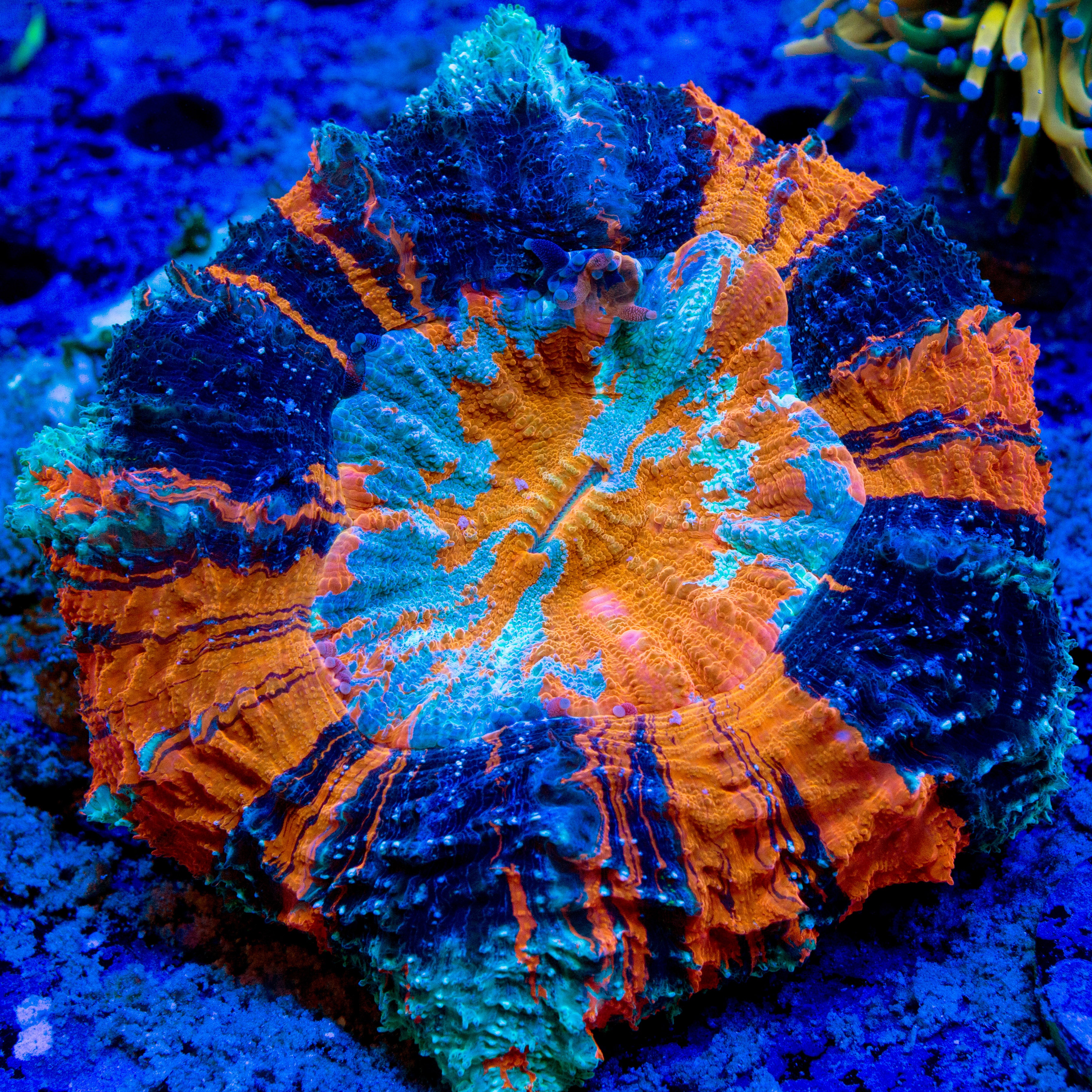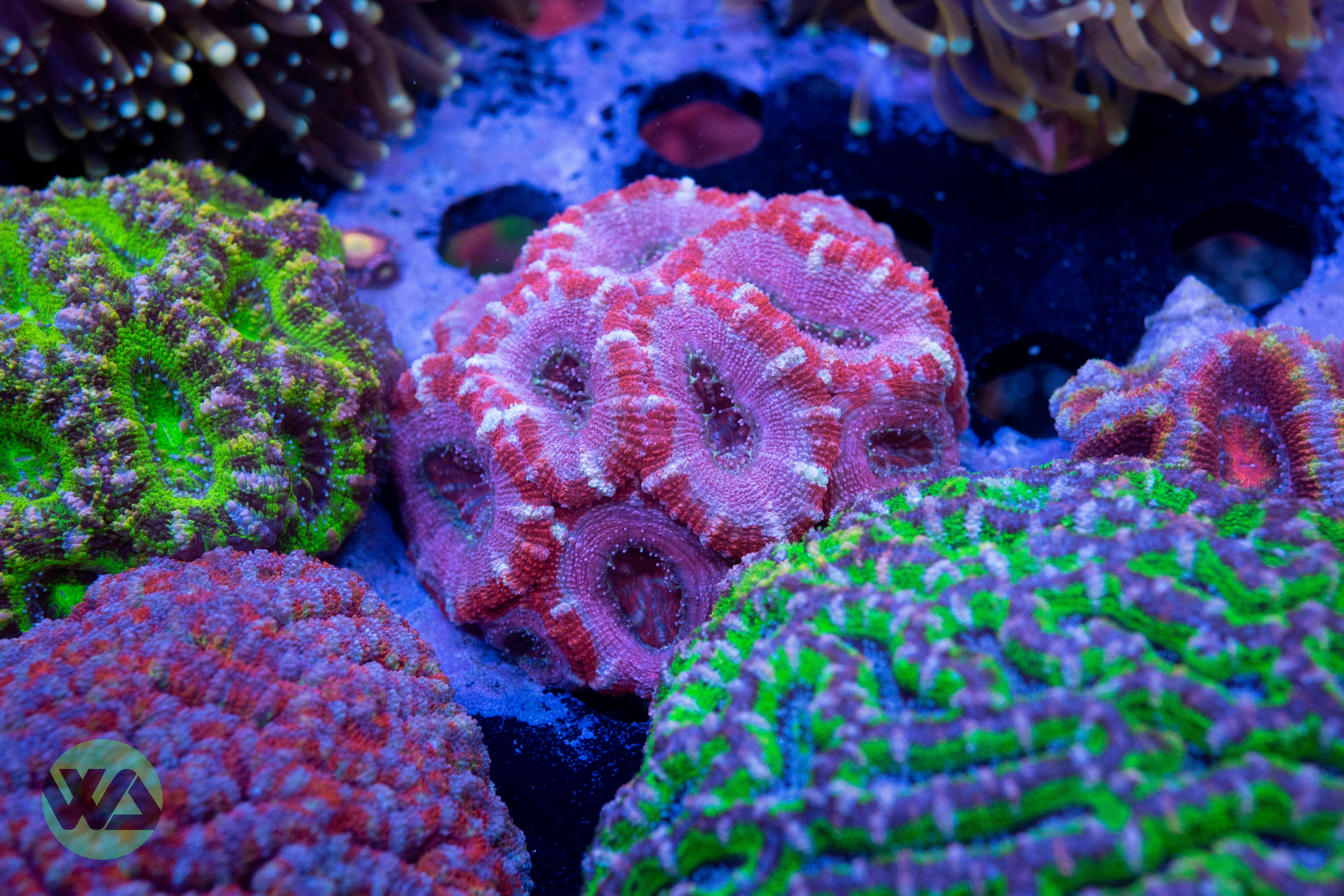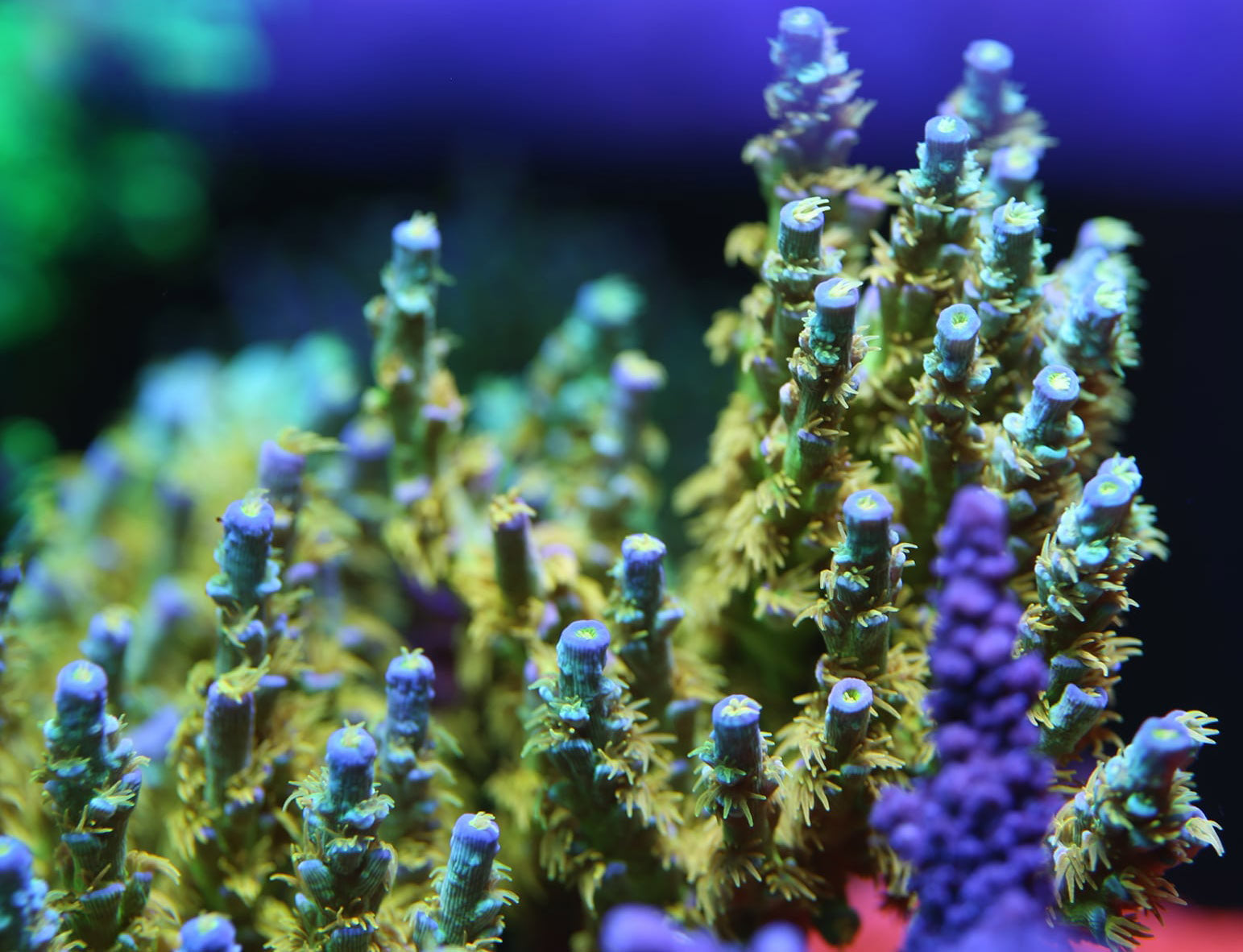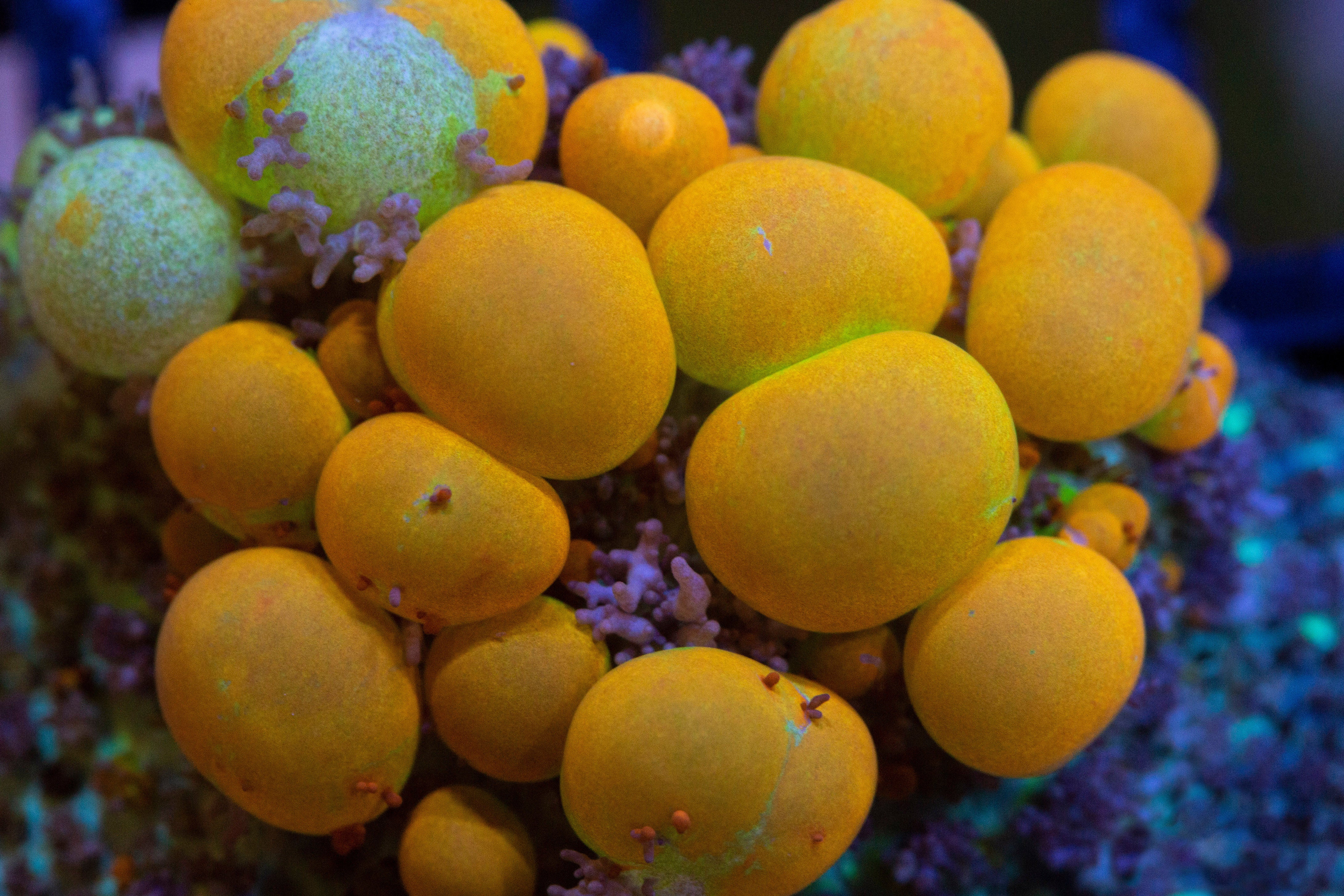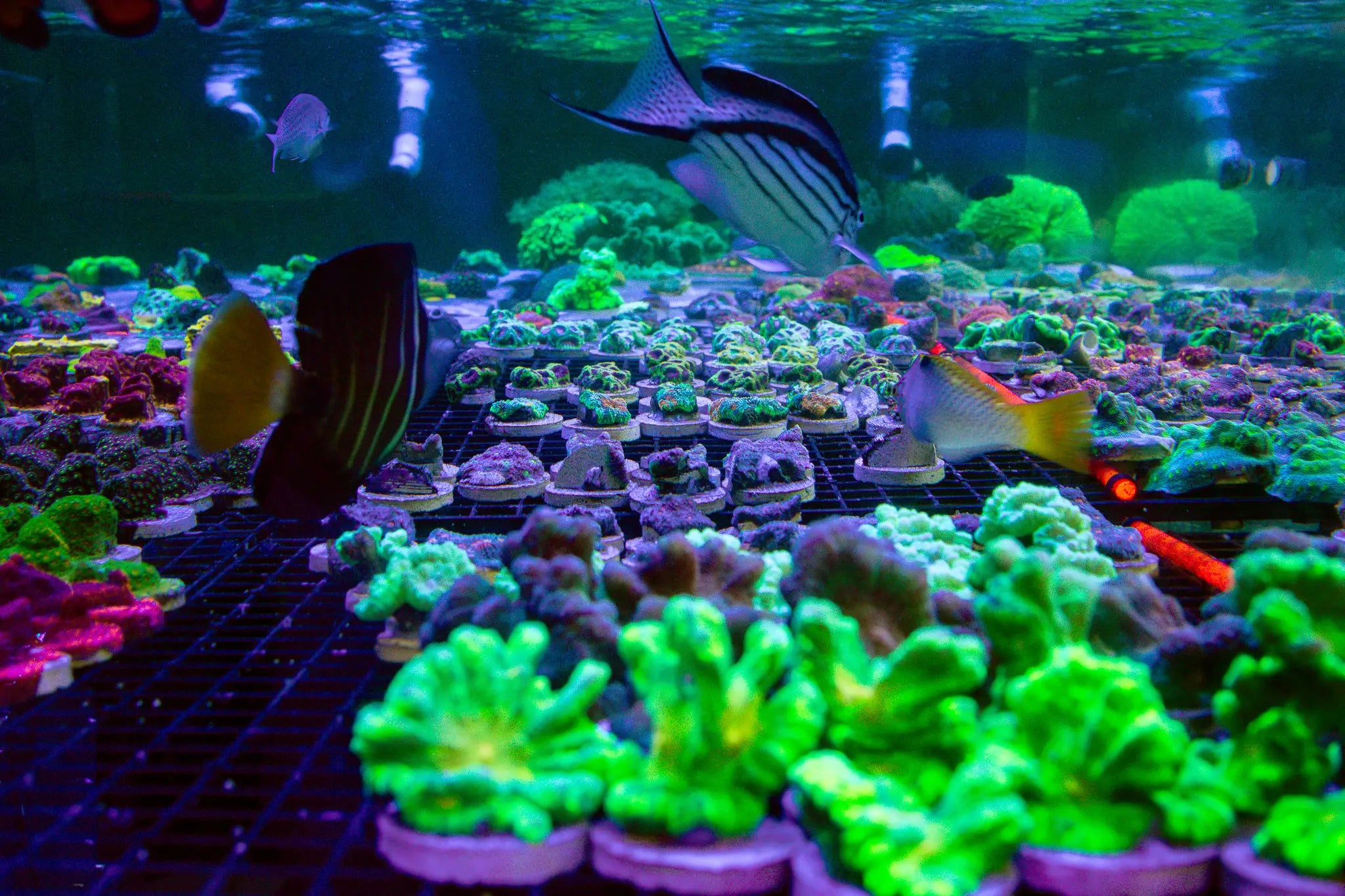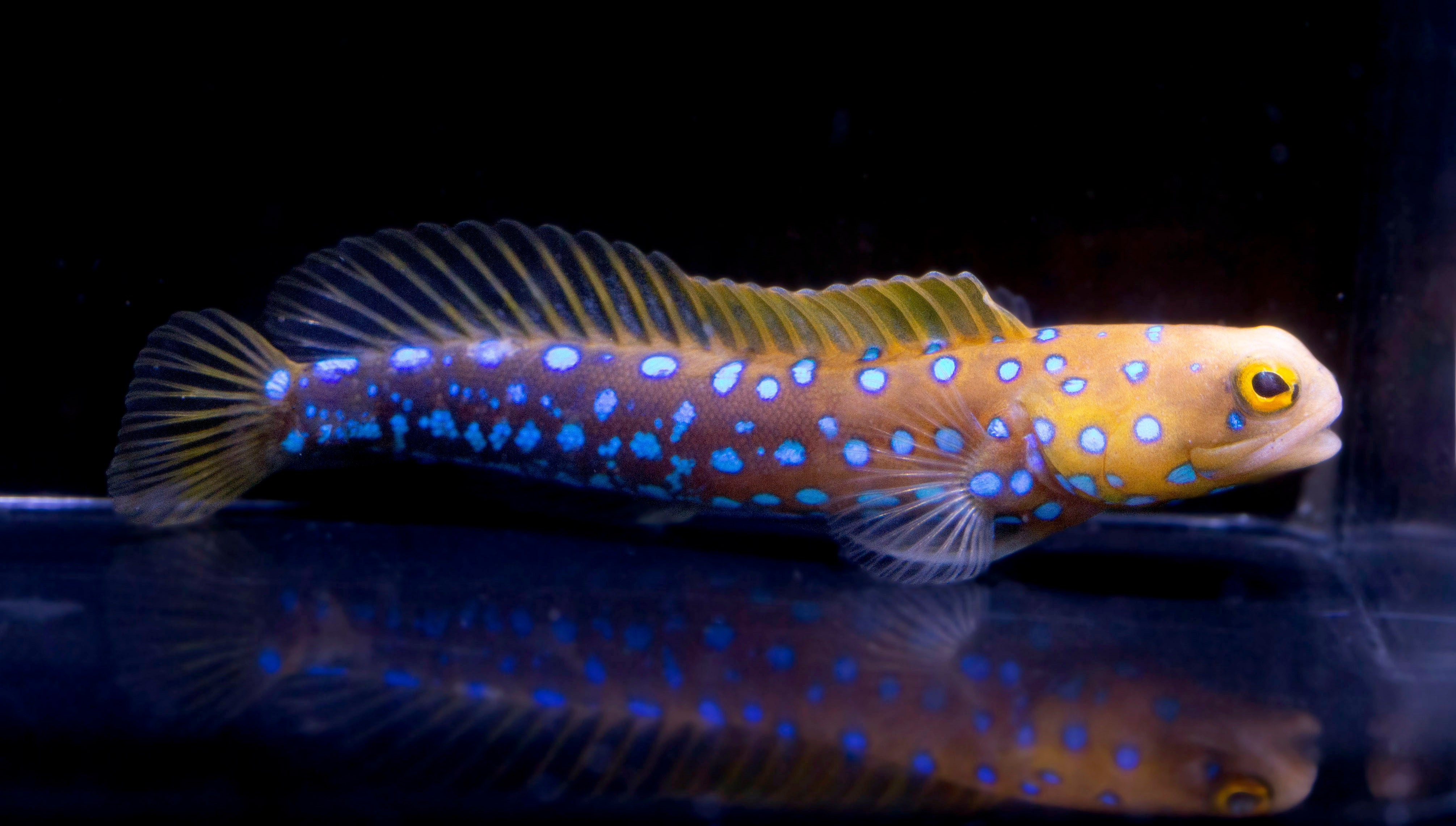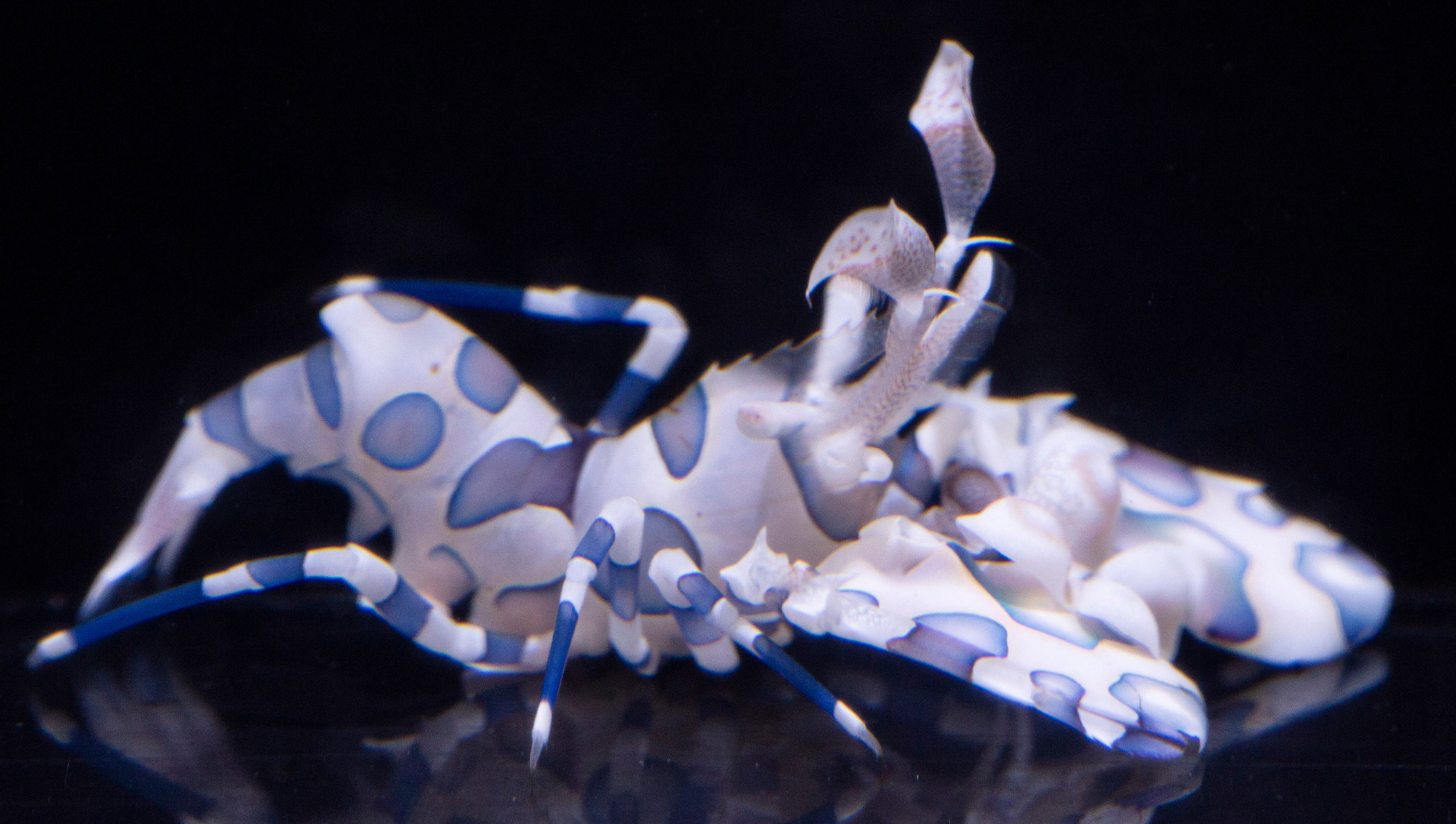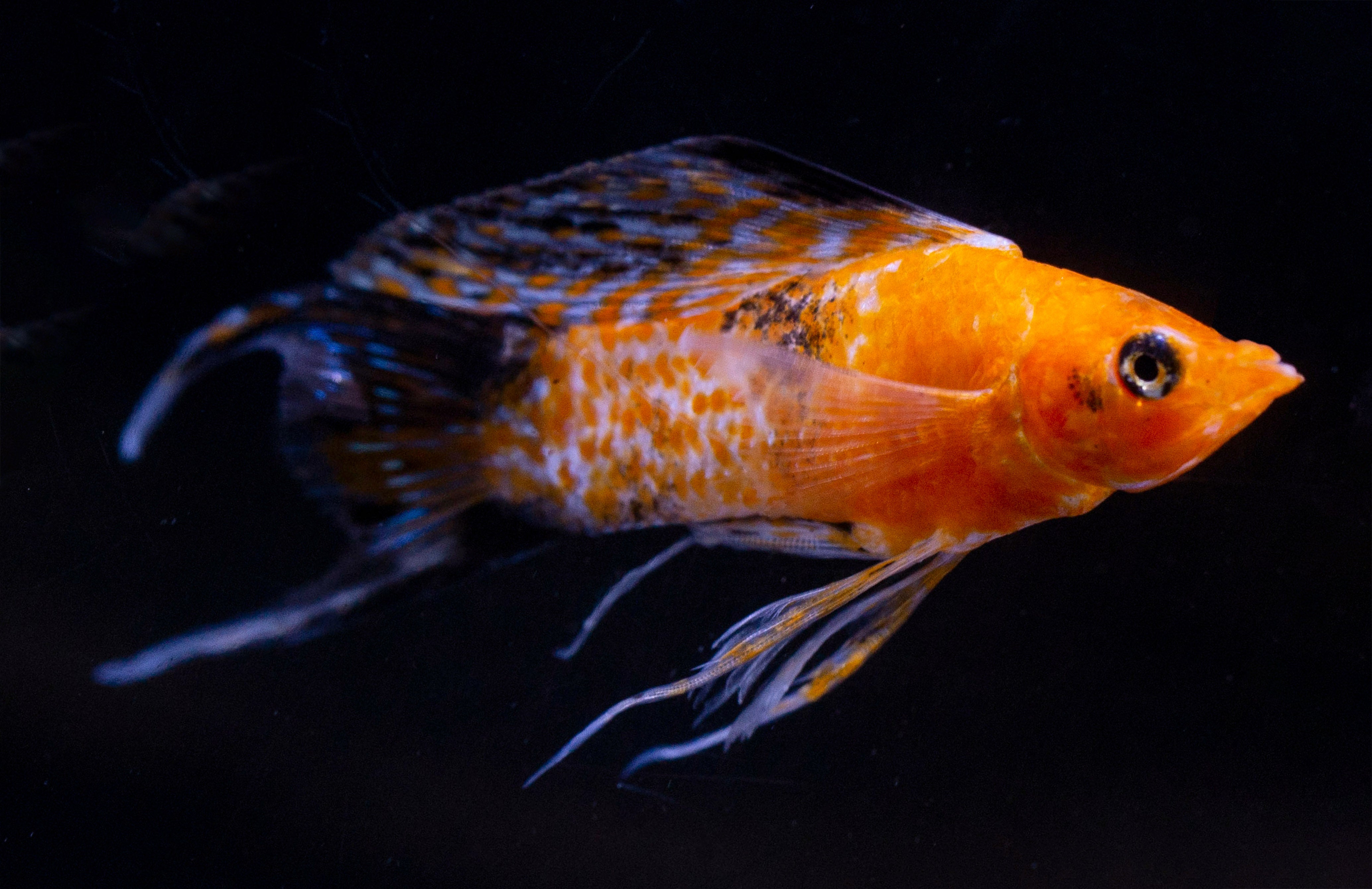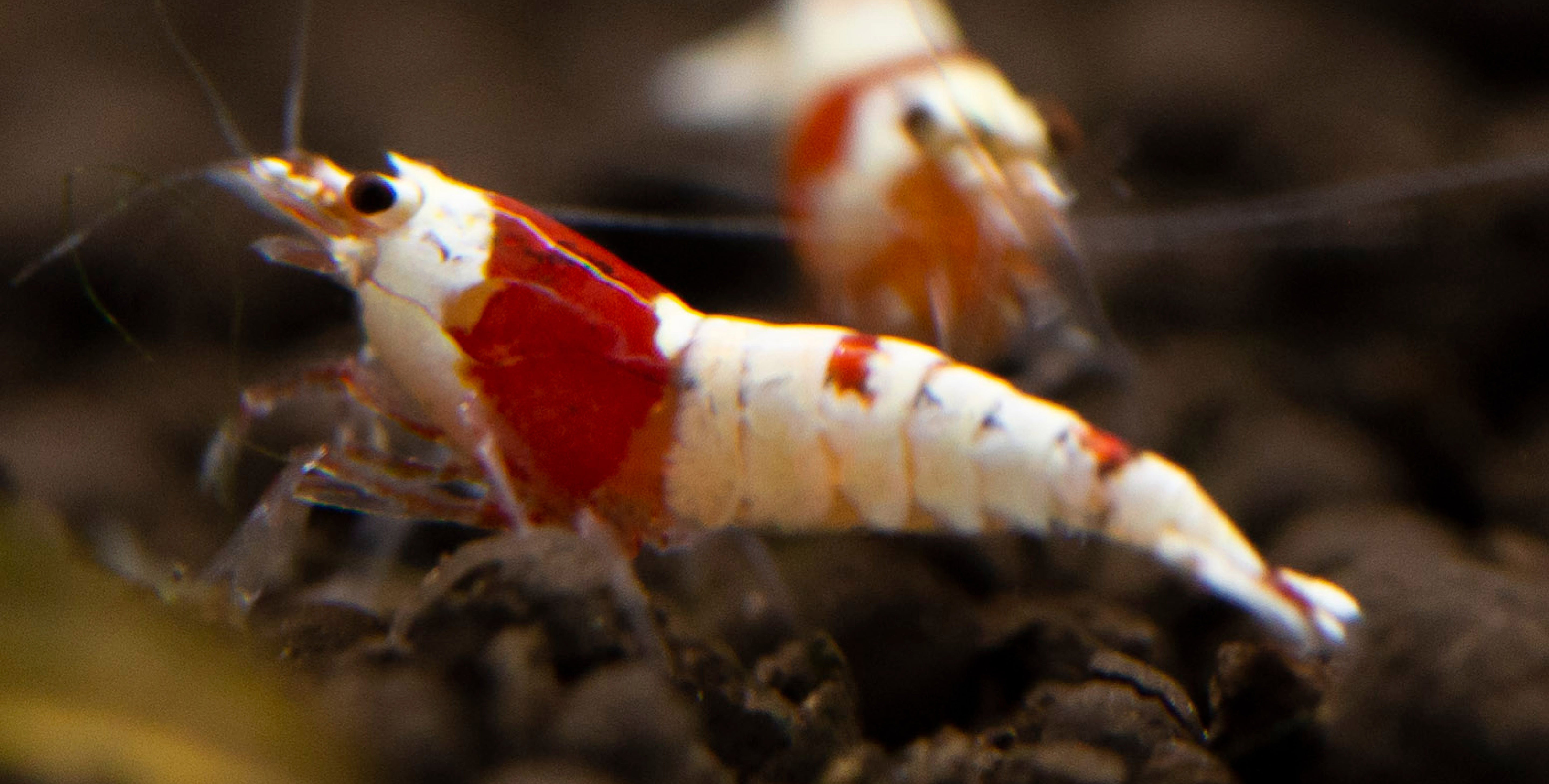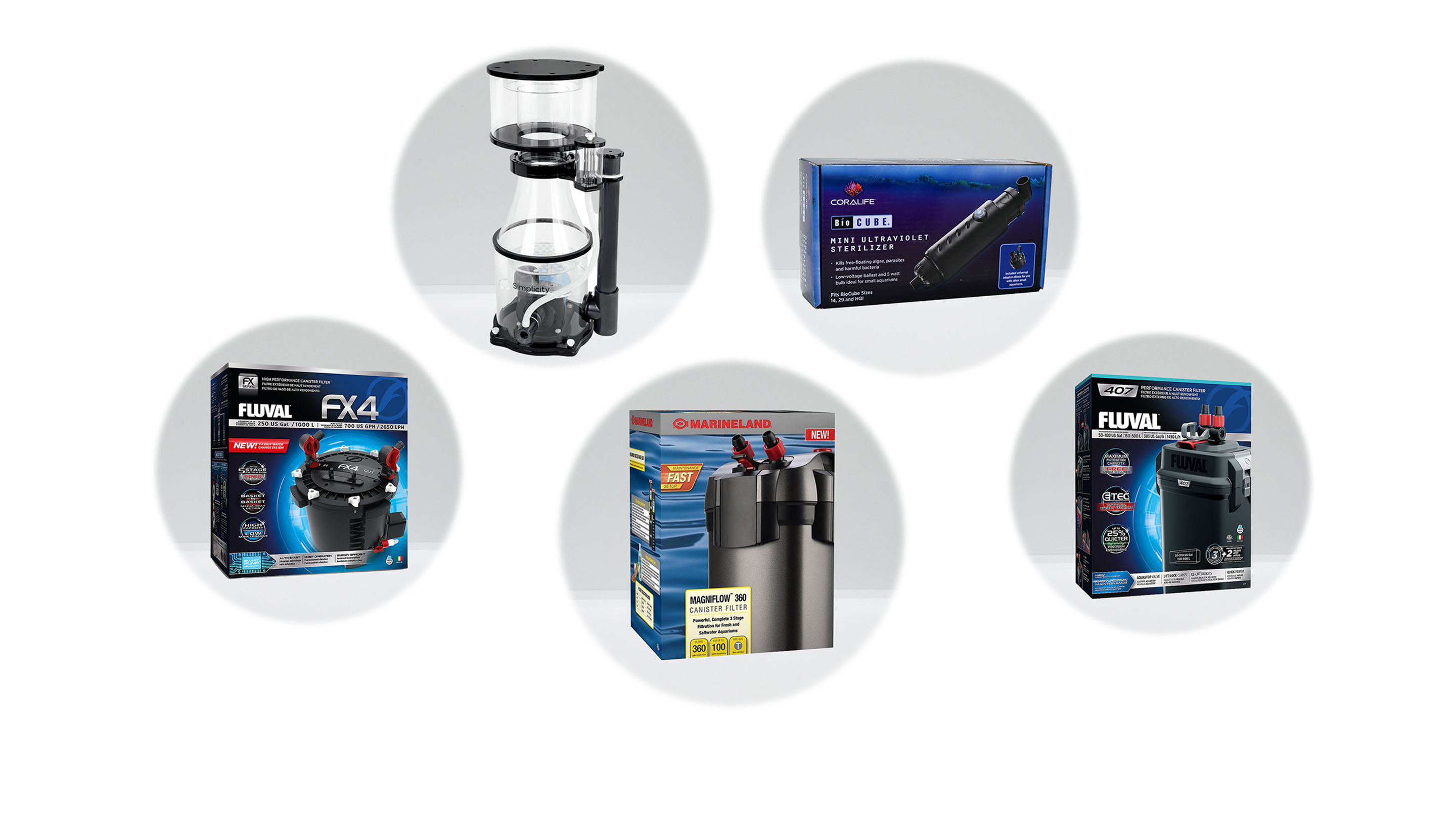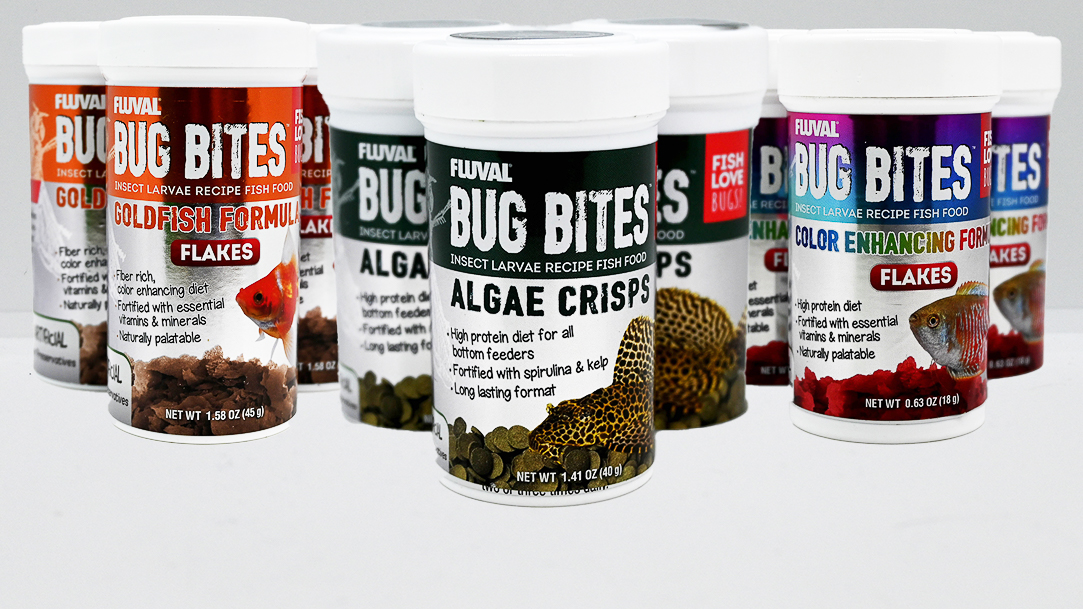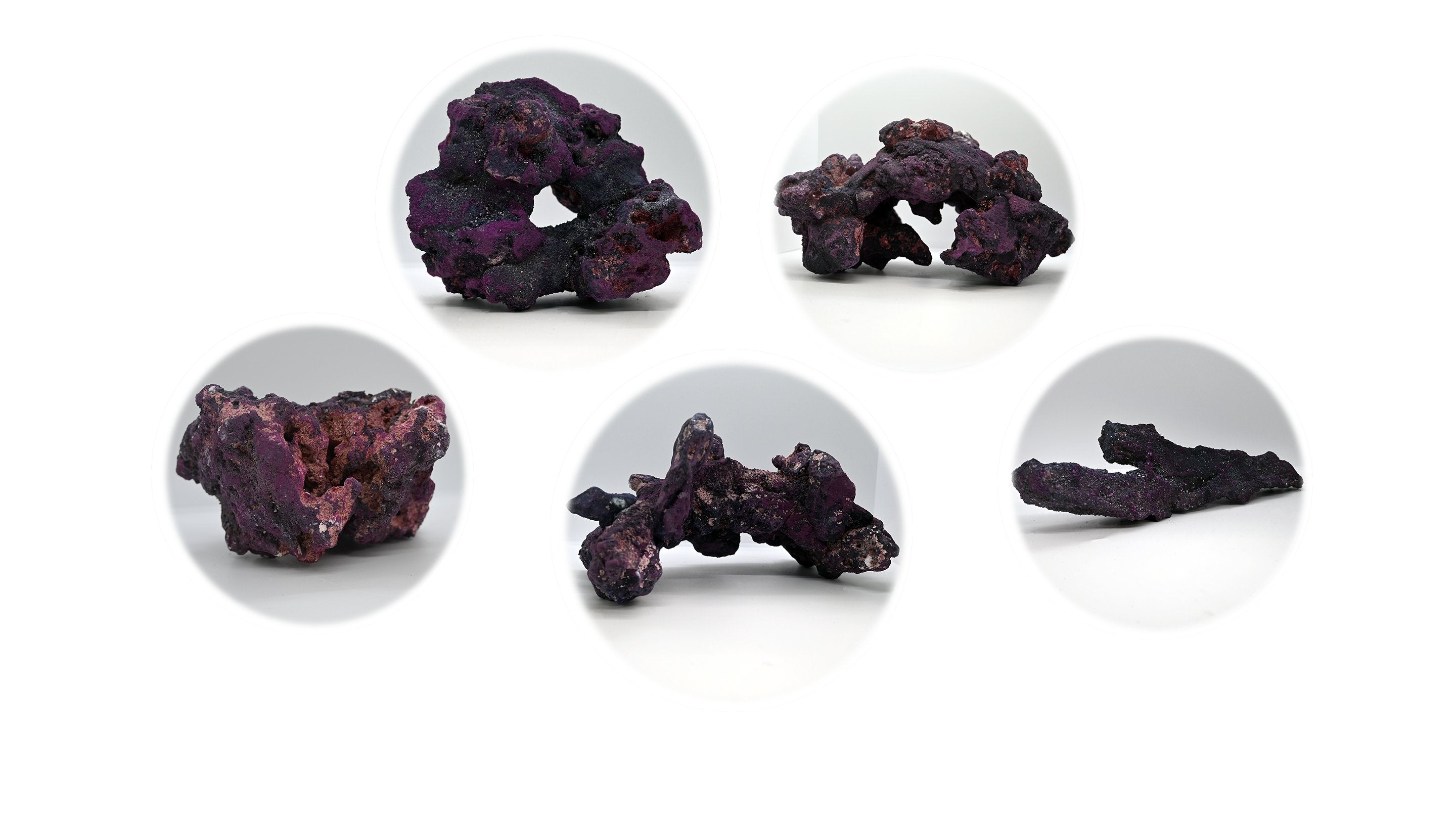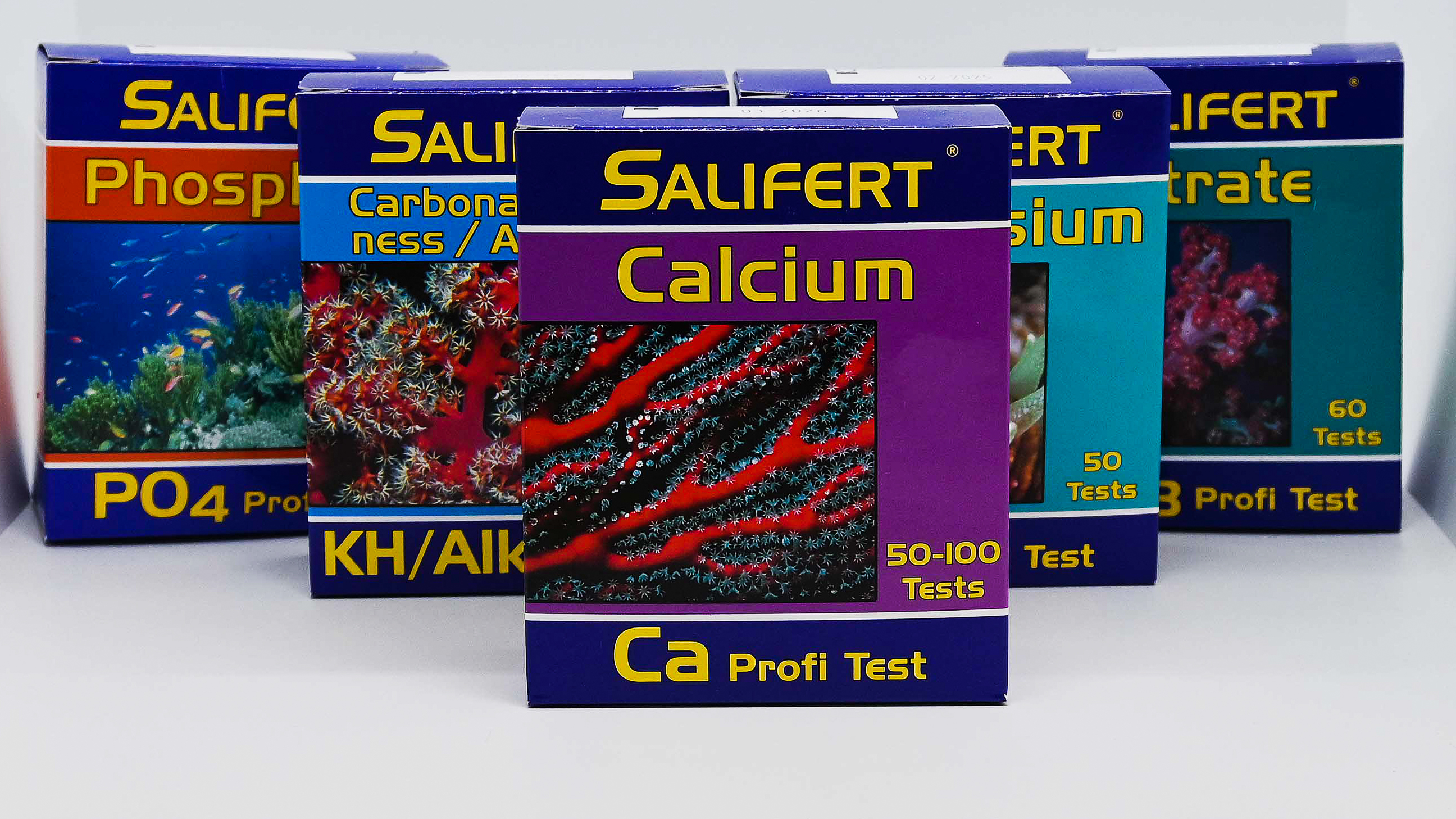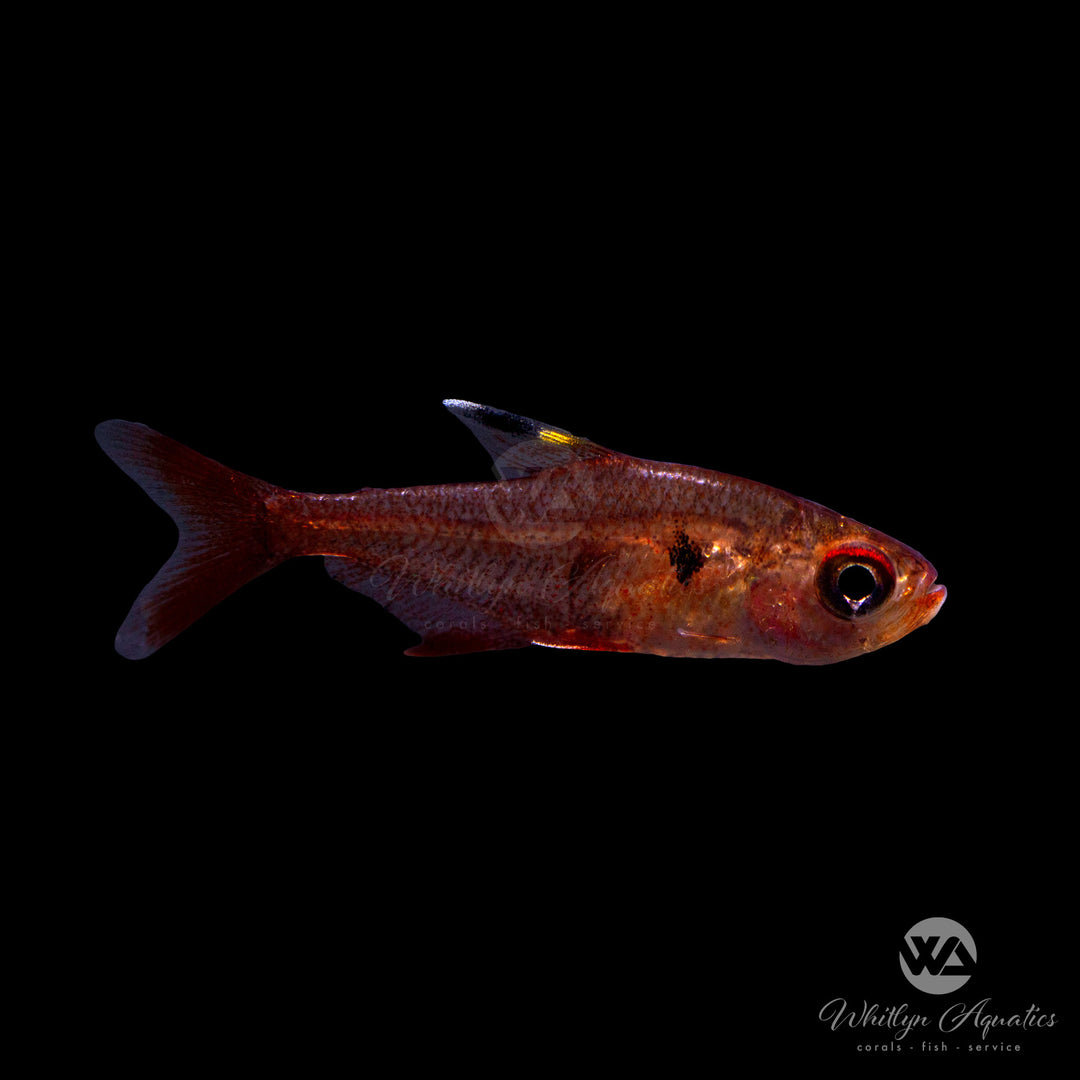
Red Phantom Tetra - Hyphessobrycon sweglesi
- In stock, ready to ship
- Backordered, shipping soon
Red Phantom Tetra - Hyphessobrycon sweglesi
The Red Phantom Tetra (Hyphessobrycon sweglesi) is a striking freshwater fish known for its vibrant colors and playful nature. With its distinctive appearance and lively behavior, this tetra makes an excellent addition to community aquariums, captivating both novice and experienced aquarists alike.
Description:
• Common Name: Red Phantom Tetra
• Scientific Name: Hyphessobrycon sweglesi
• Family: Characidae
• Size: Typically grows to about 2-3 inches (5-7.5 cm)
• Color: Features a stunning combination of red and black. The body has a translucent quality with a striking red hue that becomes more vivid in well-maintained conditions. The fins may have black edges, adding to its visual appeal.
Native Region:
The Red Phantom Tetra is native to the clear waters of South America, particularly found in the Amazon River basin in countries like Brazil and Colombia. They thrive in slow-moving streams and flooded forests, often hiding among submerged vegetation.
Aquarium Setup:
• Tank Size: Minimum of 15 gallons (57 liters) is recommended for a small school.
• Water Parameters:
• Temperature: 72-80°F (22-27°C)
• pH: 6.0-7.5
• Hardness: 5-15 dGH (soft to moderately hard water)
• Diet: Omnivorous; they thrive on a varied diet that includes high-quality flakes, pellets, and live or frozen foods such as brine shrimp and daphnia. Adding vegetable matter like blanched spinach or peas will enhance their diet.
Care Level:
• Difficulty: Easy to moderate
• Temperament: Generally peaceful and best kept in schools of at least 6-8 individuals to promote natural schooling behavior and reduce stress.
• Lifespan: Approximately 5-8 years with proper care.
Behavior:
Red Phantom Tetras are active swimmers that enjoy exploring their environment. They are known for their social nature, often seen schooling together and displaying playful interactions. Their dynamic movements add liveliness to any aquarium setting.
Additional Tips:
• Tank Mates: Compatible with other peaceful species like rasboras, small cichlids, and other tetras. Avoid aggressive fish that may stress or harm them.
• Breeding: Breeding in captivity can be achieved by providing a separate breeding tank with fine-leaved plants. Males display brighter colors during breeding, making them easier to identify.


